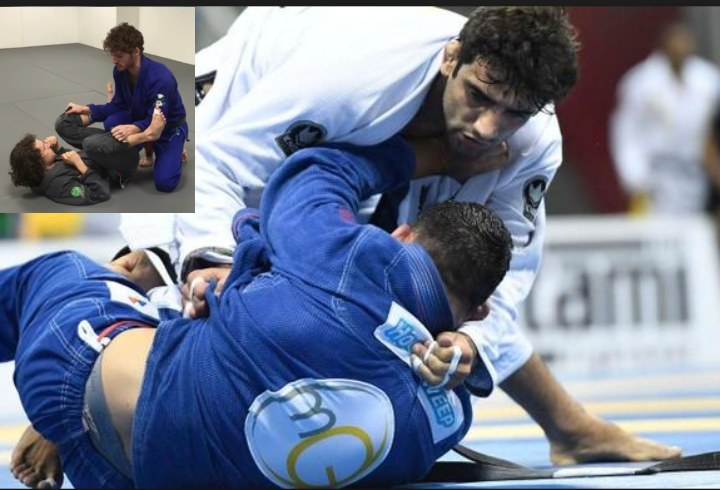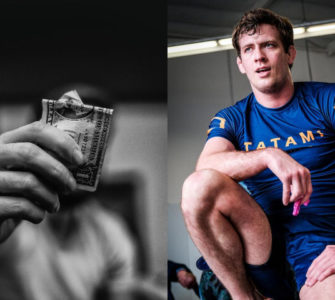If you’ve been watching high level BJJ competition matches for a while, you’ve probably seen that a lot of the top ranking jiujiteiros frequently change directions when they guard pass, going left-right-left-right-left… Until they finally execute the pass. But, why do they do this?
Keenan Cornelius has the answer – and the details that you can use to make this principle work for you.
It’s All In The Hips
Keenan starts off by saying that there’s much more to this approach than meets the eye: it’s not just about „moving back and forth“ and then doing your guard pass.
Essentially, what you want to accomplish has to do with the goal of having your opponent’s hips face away from you when passing their guard. In simple terms – you are looking to make your opponent overcommit to recovering his guard, so that you can then pass to the other side.
The reason, therefore, why high level BJJ black belts go left-right-left-right… before they finally execute their pass is because they want their opponents to commit to defending the pass on one side – the one which their hips are facing. Then, they take advantage of that by switching to the other side and passing to it with relative ease.
How Does It Look Like In Practice? Toreando Guard Pass!
But how does this principle look like when used in practice? Let’s see it through the Toreando Pass!
Keenan says that the key to a basic Toreando Pass is in the pinning of your opponent’s knee to the mats so that you can pass their hips. However, in this scenario you’re actually faking that you’re pinning their knee to one, before you pin it to the other side!
Keenan explains it in the following way:
1) Pin your opponent’s knee to the mat so that they try to resist it – they will do so by turning into you. Let them do this.
2) Use their reaction to pin their other knee. What this will lead to is that your opponent – because they’ve defended the pass on the side you’ve been faking it to – will actually give you their other knee! Then, just pin that knee down and go to the other side in order to pass.
What If The Opponent Is Experienced?
However, what if your opponent is a more experienced one and realizes that you’re faking your initial guard pass? Well, that is when all that back and forth movement starts to happen.
They might extend their leg past your hip, which is actually a correct defensive move, instead of letting their knee drop to the mat. When that happens, you have to push that leg up and quickly switch to the opposite side, in order to stop them from extending their leg on that side as well. From there, the only way they’ll be able to defend is by turning themselves towards you… With their knee down.
From there, pin that knee down and turn back to the other side – all the while making sure that they don’t extend their other leg, by using your hand on it as a guide – to finish the guard pass.
Save Your Energy
Keenan goes on to elaborate that this is the essence of this movement; this guard-passing approach is much more energy efficient than the „standard“ one! It saves you energy and makes your opponent work harder than you.
Because, sure. You can force your opponent’s knee to the mat, and it could work that way as well – but you’re using more energy than you need to.
Keenan explains it in great detail in the video below:
Concepts About Balance & Base With The Best On It – Lucas Lepri.
The Greatest Passer In BJJ History Reveals His Complete System For Destroying The Best Guards In The World And Why He Hasn’t Lost A Match At Worlds in 6 Years!


















